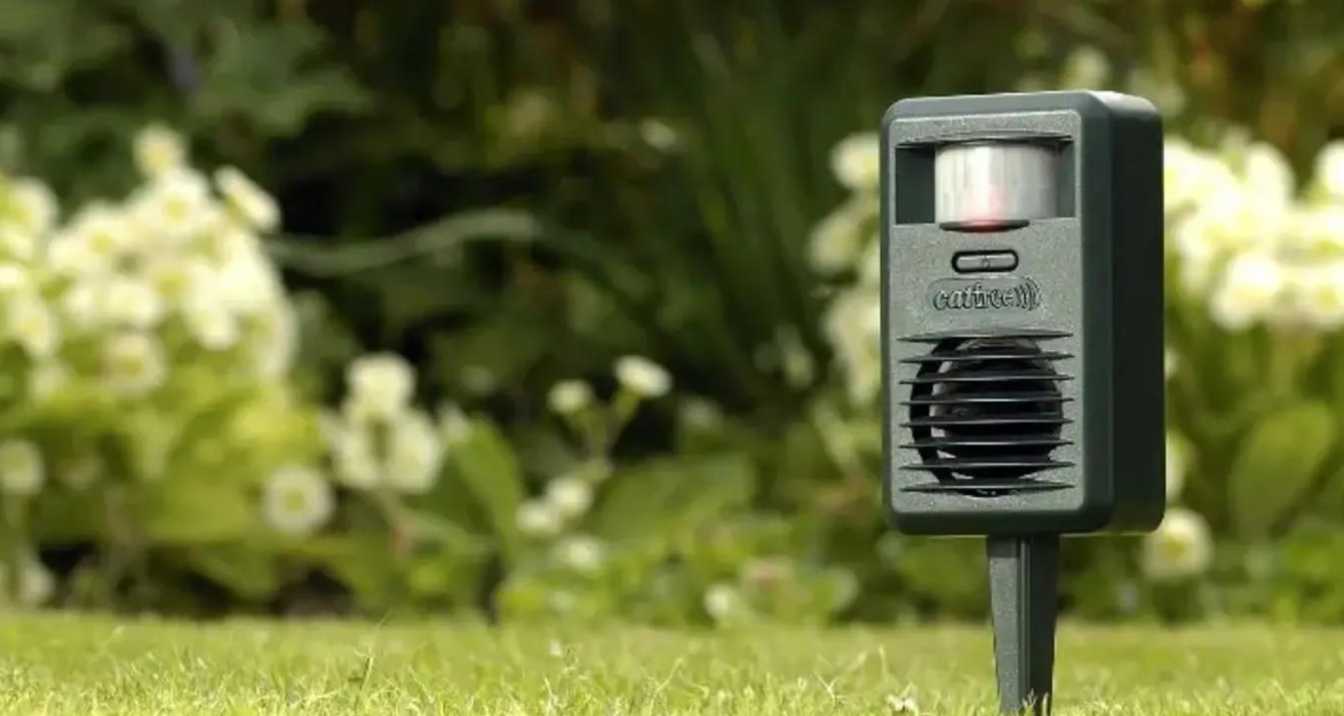Cats are known because of their unique personalities. Learn the intricacies and behaviors of cats to better understand their grudge-holding capacity. How long Does a cat hold a grudge? Understanding Feline Memory, Behavior and Memory.
In this blog, we will explore How long Does a cat hold a grudge? and how to fix any perceived rifts between you and your pet. This comprehensive guide offers practical advice on repairing relationships with your cat. It also provides practical tips for repairing a strained bond with your cat.
Understanding Feline Memory
Understanding the different types of memory in cats is essential to understanding how long a feline can hold a grudge.
Cat Memory Types
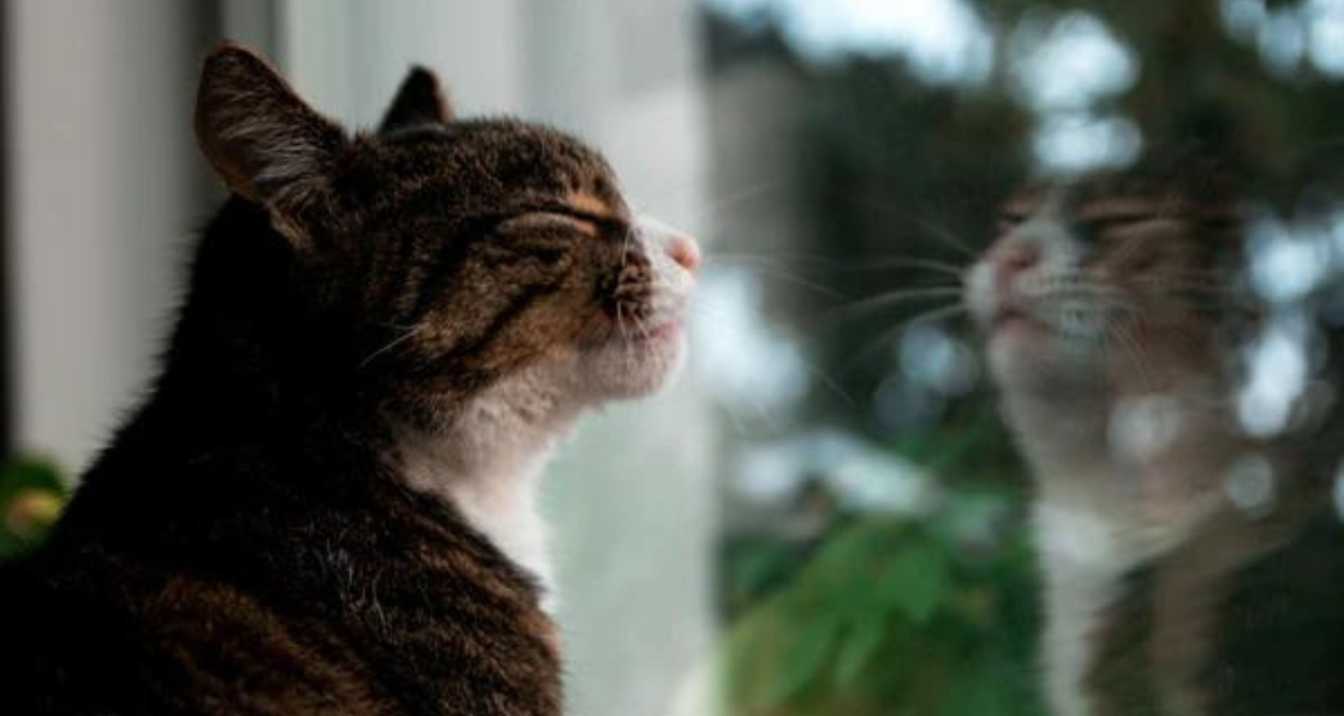
- Working memory
- Short term memory
- Long term memory
Working memory: Working memory duration is very brief, and used for immediate tasks. For example, recalling the place where you just saw a child’s toy.
Short-Term Memory: Short-term memory duration from a few minutes to several hours. Recalling the location of a new hiding place.
Long-Term Memory: long-term memory duration can last for years or even a lifetime.
Example: Recalling a event traumatic from childhood.
Read more: Can Cats Eat Cinnamon
For How Long Can a Cat Keep a Grudge

Cats do not hold grudges as we would, but they form associations with negative experiences. Different memory types can play a part.
Short-Term Reactions: You may find that your cat avoids you for several hours if you step on its tail. It is because their short-term memories associate you with pain.
Long-Term Behavior Change: The more significant negative experiences such as repeated punishment and mistreatment can be remembered over a long period, resulting in long-term behavior changes.
Signs that Your Cat Is Upset
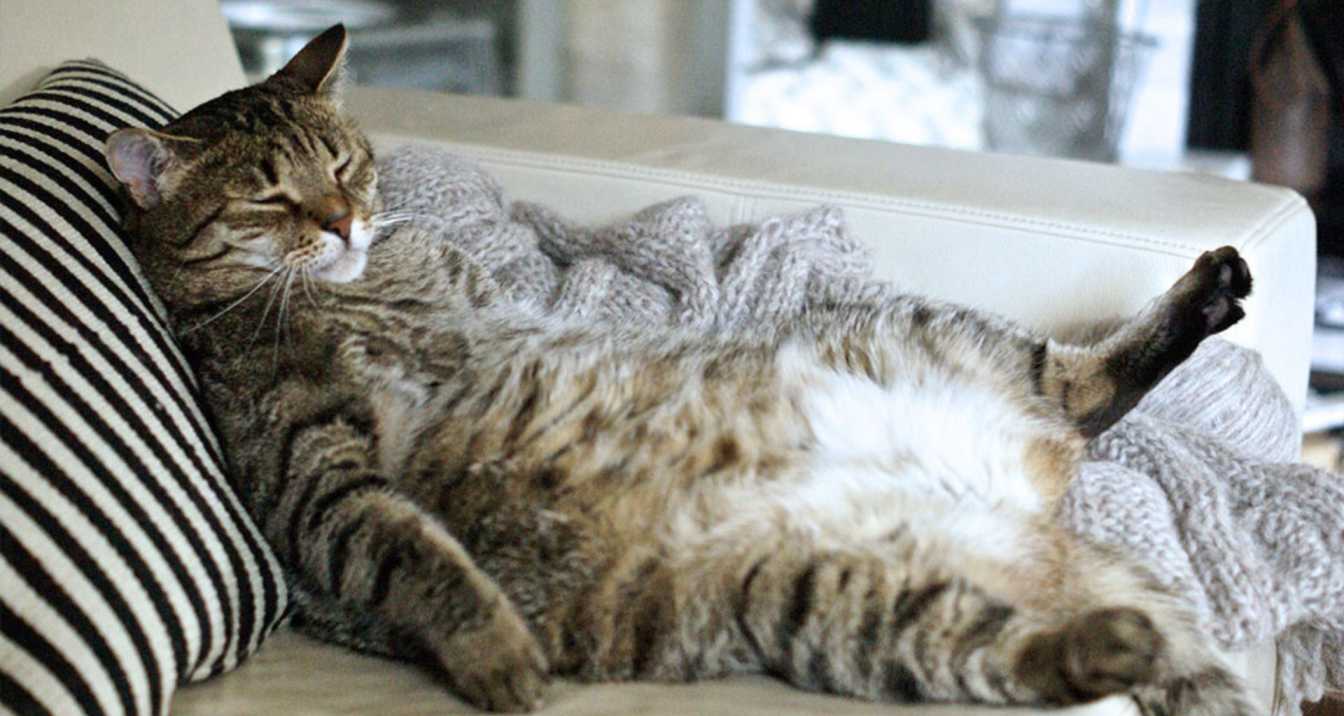
When your cat is unhappy, you can quickly address the problem by recognizing it.
Hide or Avoidance: When you enter the room, your cat may try to hide or avoid you.
Body language: Look out for flattened earlobes, a swishing limb, or a raised back.
Vocalization Hissing or growling excessively, or excessive meowing, can indicate distress.
Aggression Biting, swiping, or lunging is a clear sign of anger.
Tips for Repairing the Bond
Try these methods how long does a cat hold a grudge to restore trust if your cat is holding a grudge:
Give them space: Allow the cat to come up to you only when it feels ready.
Use positive reinforcement: Reward the child with affection, treats, or playtime.
Keep a routine: Cats are creatures of habit, so make sure to keep their feeding, cleaning, and playing schedules constant.
Gentle interaction: Talk softly and move around your cat slowly to avoid starting them.
Table Of Cat Behaviour And Grudge Duration Behaviors
| Cat Behavior | Possible Cause | Typical Duration Of Grudge |
| Avoiding owner | Negative interaction | Few hours a day |
| Hiding | Stress from changes | Few days |
| Aggression | Feeling threatened or hurt | Several hours |
| Change in eating | Stress or discomfort | Varies |
| Excessive grooming | Anxiety | Ongoing until comforted |
The Science Behind Cat Grudges
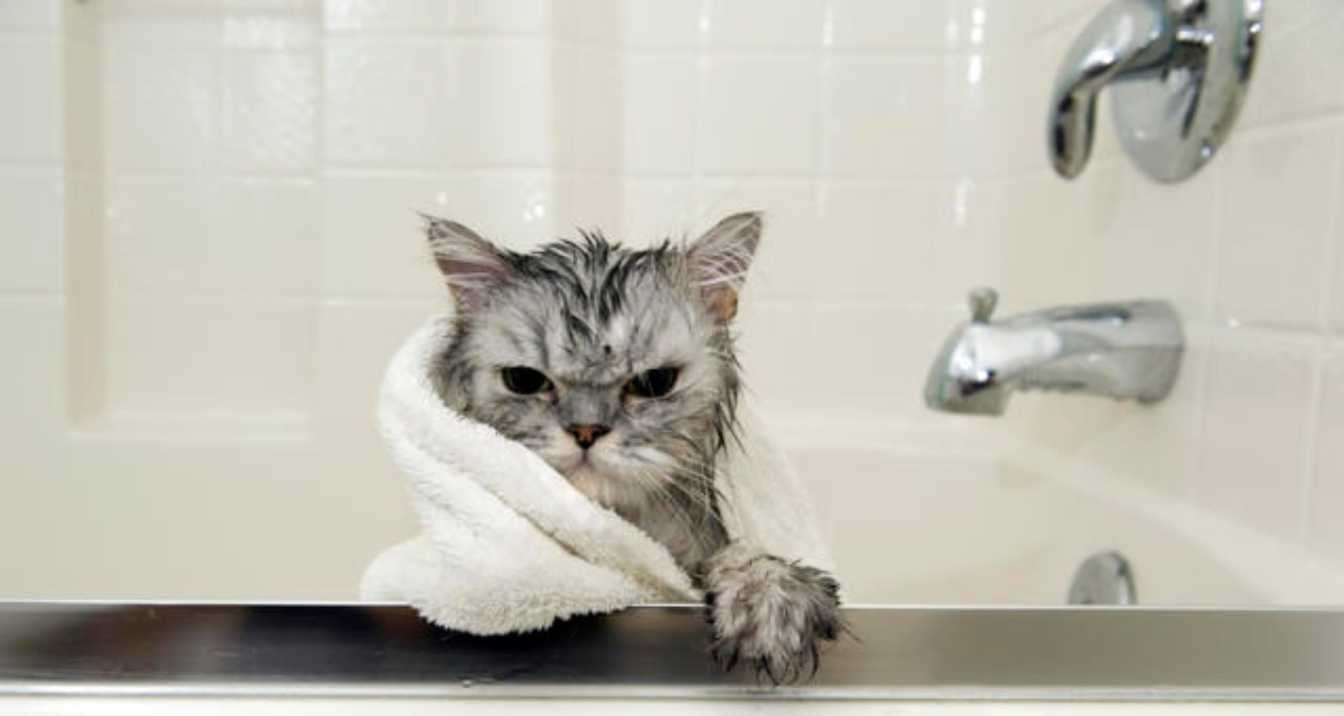
Although research into cat cognition continues to develop, we do know:
Associative memory: Cats associate positive and negative events with people or objects.
Survival Method: The ability to avoid repeating negative experiences was a survival skill that their wild ancestors possessed.
Do cats forgive?
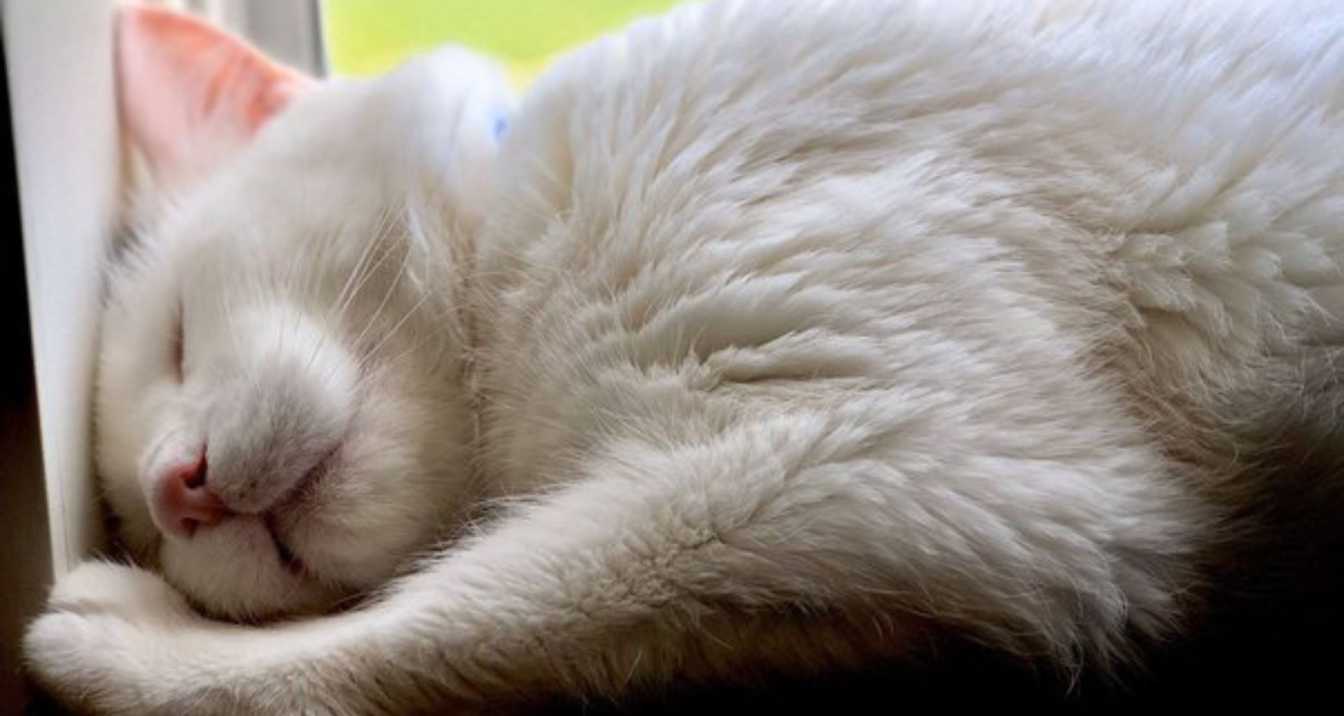
Cats don’t tend to hold on to negative emotions for very long. If they feel secure again, they will return to being affectionate.
Legal Considerations
Understanding Local Laws
It’s important to know the local laws regarding stray cats and pet cats before implementing any cat-deterrent measures:
Local Animal Control Laws
Many cities have rules on how to handle stray cats. Trap-neuter/return programs are available in some areas to control the stray cat population humanely.
Deterrents Regulations: Some deterrent methods such as traps or chemicals may be prohibited or regulated. To avoid legal or fines, make sure that any method you choose is compliant with local laws.
Animal Welfare Laws
Be familiar with laws that protect animal welfare. These laws prohibit methods that harm animals or cause them unnecessary suffering.
Responsibilities of Pet Owners: Local law often includes guidelines for pet owners to prevent their cats from becoming a nuisance. Understanding them can be helpful in a discussion with neighbors whose cats are often seen in your yard.
Ethical Discrimination Methods
Ethically using deterrents will ensure the safety of your cats as well as the health and well-being of your garden.
Humane solutions: Focused on humane deterrents that do not harm cats. Effective and ethical methods include motion-activated sprays, natural repellents, and non-toxic sprays.
Avoid Harmful chemicals: Do not use any harmful chemicals. Less harmful alternatives include citrus peels and coffee grounds.
Non-Invasive Barriers: Use barriers that prevent entry without harm. Fencing with a curved edge or netting, for example, can keep cats from entering without harming them.
Creating Outdoor Cat Enclosures

Cats will stay away from your garden if you provide them with a safe, secure area.
Catios Create a catio to allow cats to enjoy the outdoors in safety without having them roam around freely. It can be attached directly to your house or as a separate structure in your backyard.
Portable Cat Enclosures
Place portable cat enclosures in specific areas of your yard. ats from the harsh weather conditions when they are enjoying the outdoors. Offering Safe Shelters creates designated shelters to offer a different, attractive space for stray cats, and keep them away from the main garden areas.
Outdoor cat shelters
Install outdoor cat enclosures in less visible areas. These shelters provide a safe, cozy space for stray animals, which reduces their need to find shelter in your yard.
Feeding stations: Set up feeding stations far away from your yard to divert wandering cats. By providing food in a designated place, you can reduce the impact of stray cats on your garden.
Insulated shelters
In colder climates, you can provide cats with insulated shelters and bedding. This will keep them warm and comfortable. It can help them avoid seeking warmth in unwelcome places.
Water sources
Provide water near shelters, but not in your garden. Cats must have easy access to water, without having to wander around your garden.
Implementing technology to deter cats
Motion-Activated sensors: These sprinklers have motion sensors that detect the presence of cats and trigger a burst. The sudden water spray startles the cat and encourages it to leave.
Programmable settings: You can program the sensitivity of the motion sensor and the range it covers so that you can cover the most important areas of your lawn without having them activated.
Coverage Zones: Place sprinklers strategically to cover entrance points and areas with high traffic for cats. To maximize effectiveness, ensure that all possible pathways are being monitored.
Impact on the Environment: Smart Sprinklers use a minimal amount of water for each activation. This method will not only keep cats away, but it will also water your lawn and plants.
Conclusion
Understanding How long does a cat hold a grudge? requires that you recognize the unique ways cats express discomfort or stress. Although cats don’t have grudges, they can react to negative situations in a way that is similar to a grudge. You can make your cat feel secure and safe again by giving them space, using consistent positive reinforcement, and maintaining consistency.
FAQ
| Q. How can I keep my cat calm?
Ans: Keep a regular routine, create a safe space, and engage in playtime and interaction with your cat regularly. |
| Q. What are the signs that my cat is angry or upset?
Ans: Watch for aggression, avoidance of food, changes in eating habits, and excessive grooming. |
| Q. What should I do if my cat hides?
Give him time to feel secure. Encourage your cat gradually with treats and affection. |

